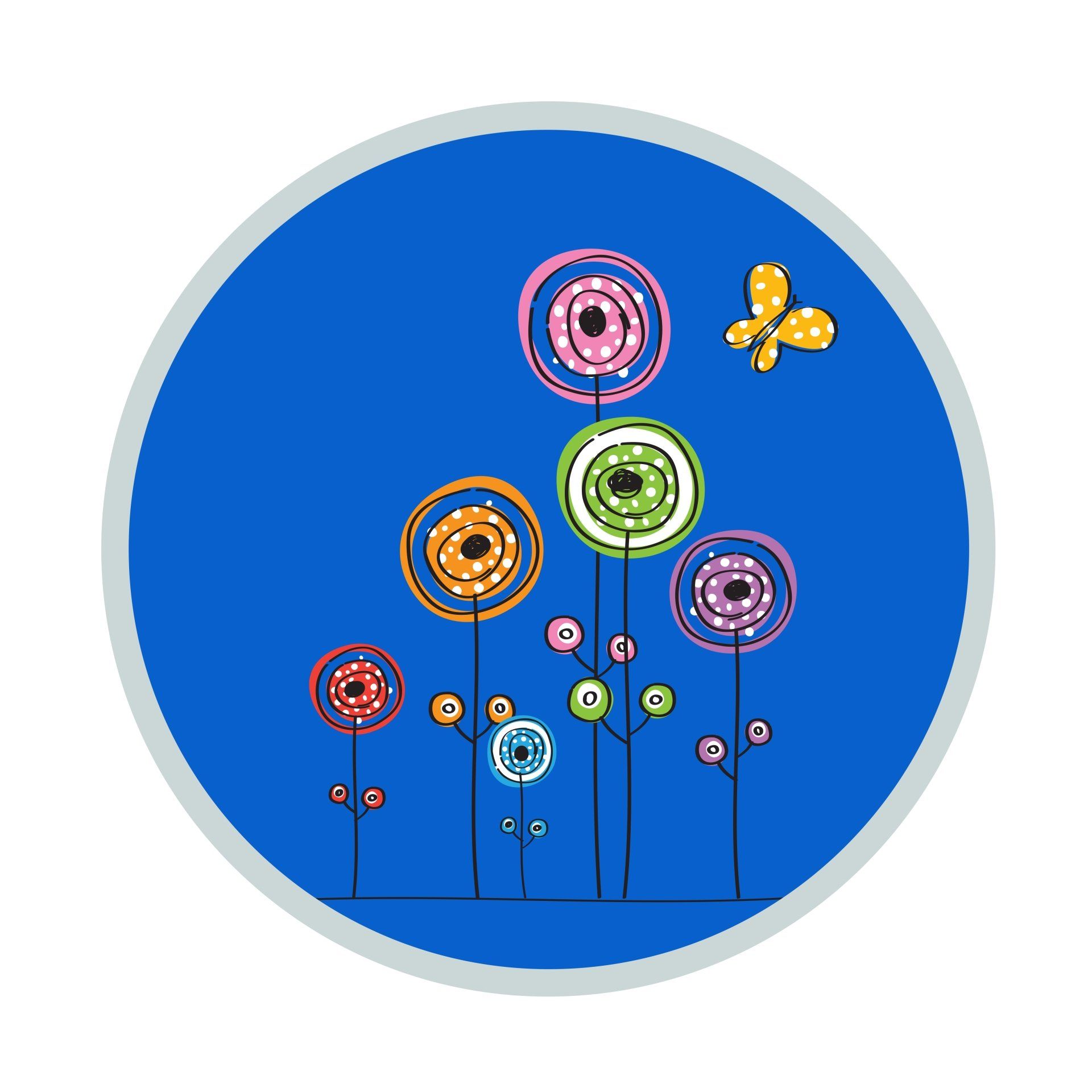Occupational Therapy In clinic and Online
Occupational Therapy at Evolve
At Evolve Therapy, our Occupational Therapists help children build the skills they need for everyday life, from getting dressed in the morning to writing at school or joining in at playtime. We focus on helping children feel confident, independent, and capable in their daily routines at home, in school, and in the community.
Our team is CORU-registered and experienced in both developmental and sensory-based approaches. We work with children of all abilities, including those who are neurodivergent or neurotypical, helping each child reach a level of participation and independence that feels right for them.
We provide Occupational Therapy in our clinic, in schools, at home, and online, supporting families across Cork, Waterford, Kerry, Limerick, and throughout Ireland.
What We Support
Occupational Therapy can help with many everyday skills that children use to learn, play, and look after themselves.
Self-care and independence
These are the skills that help children manage daily routines such as feeding, dressing, grooming, hygiene, and toileting. We also work on age-appropriate household tasks and building independence in personal care.
Executive functioning
These thinking skills help children plan, organise, start, and complete tasks. We support children in developing focus, working memory, problem solving, and flexibility, helping them manage daily life at school and at home.
Fine motor skills
Fine motor skills involve the small, precise movements of the hands and fingers that allow children to manipulate objects and complete detailed tasks. These include using pencils, opening lunch boxes, doing buttons and zips, turning pages, using technology, or handling coins and small items. Our therapists assess and support grip, hand strength, finger dexterity, and the underlying postural and sensory foundations that make fine motor work easier.
Bilateral coordination and motor planning
Many daily tasks require both sides of the body to work together smoothly, such as dressing, cutting, catching, and handwriting. We help children develop coordination, timing, and the ability to plan and sequence movements effectively.
Visual motor and visual perceptual skills
These skills help children make sense of what they see and use it to guide movement. We support areas such as visual attention, discrimination, memory, sequencing, figure-ground perception, closure, and spatial awareness. These are essential for reading, handwriting, copying from the board, dressing, and participating in classroom activities.
Sensory processing and regulation
Sensory processing refers to how children take in and respond to information from the world around them. Some children seek certain sensations like movement or touch, while others may be more sensitive or avoid them. We help families understand sensory preferences and create routines and environments that support regulation, focus, and wellbeing. Our therapists use sensory play and movement-based strategies to support attention, coordination, and emotional balance.
Handwriting and school skills
Writing requires strong posture, fine motor control, visual perception, and motor planning. We assess all these areas and support children with pencil grasp, letter formation, spacing, organisation, and endurance. We use modern, evidence-based handwriting and sensory-motor approaches to help children feel successful and confident in their written work.
Our Approach
Our therapy is holistic, neuroaffirmative, and focused on participation. Sessions are play-based, meaningful, and tailored to each child’s interests and goals. We see every child’s sensory and motor profile as part of who they are, not something to fix. Our goal is to understand what helps them feel regulated and supported, so they can take part in the activities that matter most to them.
Rather than focusing only on challenges, we build on strengths and help each child discover how they learn and move best. Therapy may include play-based motor activities, sensory integration strategies, functional skill practice, or adaptations to the child’s environment or school setup. We work closely with parents and teachers to make sure progress in therapy carries over to everyday life.
Whenever possible, we include children in setting their own goals, helping them understand their strengths and what strategies work best for them.
Our Occupational Therapists complete regular professional development to stay current with international best practice. This includes training in sensory integration, fine motor development, executive functioning, and feeding, as well as child-led and strengths-based approaches.
Family Involvement
Families play a key role in every child’s therapy journey. We provide coaching, practical strategies, and home programmes so parents and caregivers can support their child’s goals in natural settings. Collaboration with schools and teachers ensures that therapy supports learning, inclusion, and participation in the classroom.
Getting Started
If you’re concerned about your child’s coordination, independence, or participation in daily activities, we’re here to help. Contact us to arrange an initial consultation or screening. Sessions are available in our Cork clinic, online, at home, or in school settings.
Our reports are recognised by schools, paediatricians, and allied health professionals across Ireland.
